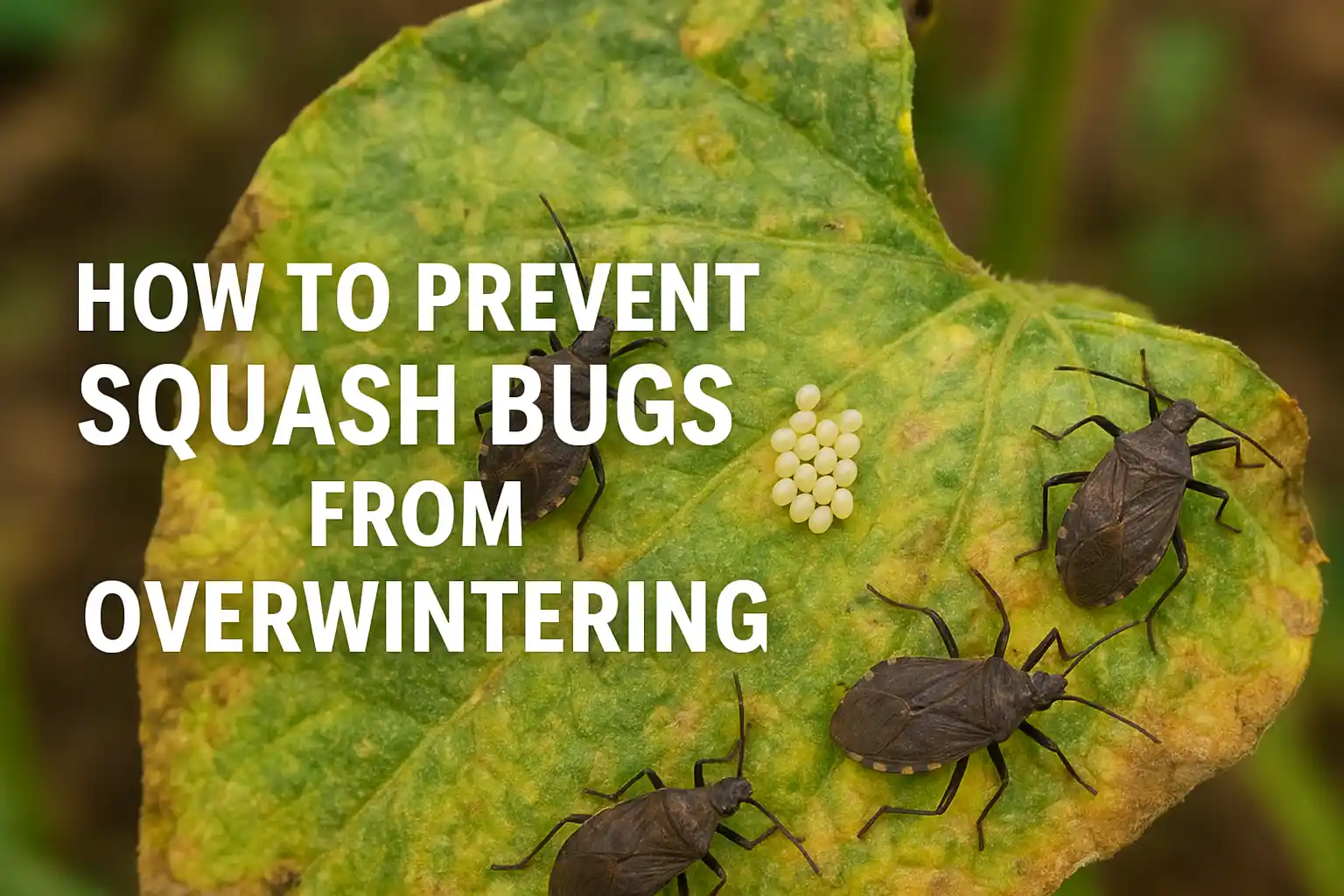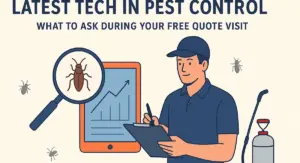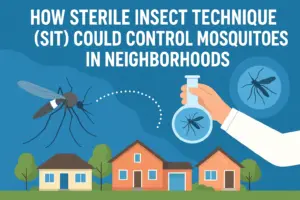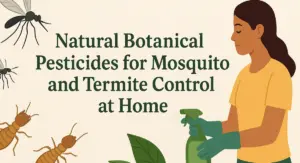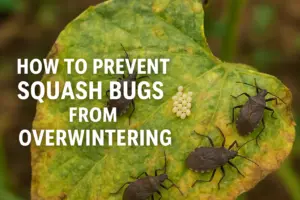Squash bugs are resilient garden pests. They don’t just disappear after harvest—adult squash bugs overwinter in protected places and emerge next spring ready to feed and reproduce. Breaking that cycle now saves you from mid-summer plant collapse later.
Below is a simple, season-by-season plan to eliminate overwintering spots, reduce next year’s populations, and keep your squash, zucchini, and pumpkins healthier.
Tips on How to Prevent Squash Bugs from Overwintering
Squash Bug 101: What “Squash Bug Overwintering” Really Means
- Who overwinters? Mostly adult squash bugs (the species most homeowners meet is Anasa tristis).
- Where do they hide? Under plant debris, old vines, thick mulch, boards, stones, stacked pots, woodpiles, compost bin edges, fence lines, and shed foundations—any tight, dry crevice.
- When do they wake up? In spring as temperatures rise. They move to young cucurbits (squash, zucchini, pumpkins) to feed and lay eggs.
Takeaway: If your garden offers cozy winter hideouts, you’re rolling out the red carpet for next year’s infestation.
Fall: Your Most Important Window (Right After Final Harvest)
- Pull Vines Promptly
Remove all squash, pumpkin, and zucchini vines as soon as they’re done producing. Bag and trash them or hot-compost if you’re sure your pile reaches high temperatures.
Why it works: You’re removing their favorite winter shelter. - Rake and Remove Debris
Gather fallen leaves, fruit, and plant bits from beds, borders, and fence lines near your cucurbit patch.
Why it works: Fewer crevices = fewer adult bugs surviving winter. - Turn the Soil (Shallow Tilling or Forking)
In late fall, lightly till or use a garden fork to disturb the top few inches of soil.
Why it works: Exposes hiding adults to predators and cold snaps. - Clear “Clutter Zones”
Move stacked pots, old boards, lumber, bricks, and unused trellises at least 20–30 feet away from your cucurbit area.
Why it works: These are classic overwintering condos. - Refresh Mulch the Smart Way
If you used heavy straw or deep wood chips this season, thin it out now and plan to apply fresh mulch in spring after seedlings are established.
Why it works: Old, dense mulch shelters adults all winter.
Winter: Deny Shelter, Invite Predators
- Store Materials Off the Ground
Keep boards, stakes, and tools on shelving, not directly on soil. - Tidy Perimeter Zones
Blow out leaves along fences, sheds, and raised bed edges where bugs tuck in. - Encourage Beneficials
Leave some natural habitat away from your veggie beds (native grasses, diverse perennials). Ground beetles and birds help knock back survivors.
Early Spring (Before Planting): Reset the Bed
- One More Soil Disturbance
A quick fork-over or light till on a sunny day helps expose any remaining adults. - Install Row Covers Immediately After Planting
Use floating row covers over newly planted squash. Pin the edges tight to the soil.
Why it works: Physical barrier keeps emerging adults from reaching tender plants.
(Remove covers at flowering to allow pollination.) - Rotate Your Crop
Plant cucurbits in a different bed at least 15–20 feet away from last year’s spot (farther is better).
Why it works: Overwintered adults emerge near the old plot and may miss your crop entirely. - Hold Mulch Until Plants Are Established
Add mulch after seedlings are growing well. Keep it thinner around stems.
Why it works: Reduces early shelter while still conserving moisture later.
Spring to Early Summer: Break the Rebuild Cycle
- Set a Trap Crop
Plant a small, early “sacrificial” hill of squash 15–30 feet from your main garden. Inspect it daily. If it attracts the first wave of bugs, bag and dispose of the entire plant. - Hand Removal + Egg Scraping
Check the undersides of leaves for bronze egg clusters. Scrape into soapy water. Sweep nymphs and adults into soapy water early in the day when they’re sluggish. - Use Boards as Active Traps (In-Season Only)
Lay a board flat overnight near plants; in the morning, lift and collect hiding bugs into soapy water.
Note: This is an in-season tactic only. Don’t leave boards out long-term in fall/winter—they become overwinter shelters. - Keep Plants Unstressed
Healthy, well-watered plants tolerate feeding better. Stressed vines attract more pests.
Common Mistakes That Help Squash Bugs Overwinter
- Leaving old vines and tangled mulch on the bed all winter
- Storing lumber, bricks, and pots right beside your vegetable beds
- Planting squash in the same spot year after year
- Mulching too early in spring, creating cozy hideouts at the plant base
- Skipping row covers on young plants
Quick Season-by-Season Checklist
Fall (Immediately After Harvest)
- Pull and trash all cucurbit vines
- Rake debris in beds and along edges
- Lightly till/fork topsoil
- Relocate boards/pots/woodpiles away from beds
- Thin/remove dense, old mulch
Winter
- Store materials off ground
- Keep fence lines and shed edges clear
- Maintain habitat for beneficials away from the veggie zone
Early Spring
- Lightly disturb soil again
- Install row covers at planting
- Rotate cucurbits to a new bed
- Delay mulch until plants are established
Spring–Summer
- Use a trap crop and destroy if infested
- Scrape eggs; hand-remove bugs into soapy water
- Use morning board traps (temporary)
- Keep plants watered and vigorous
DIY vs. Pro Help
Most homeowners can dramatically reduce squash bugs by following the steps above. If populations stay high year after year—even after disciplined fall cleanup and rotation—talk to a professional. A licensed technician can assess nearby harborage zones, advise on timing, and, if needed, recommend targeted treatments in line with the label and local regulations.
Friendly note: Always follow product labels exactly if you use any garden pesticide. Spot-treat thoughtfully to protect pollinators.

